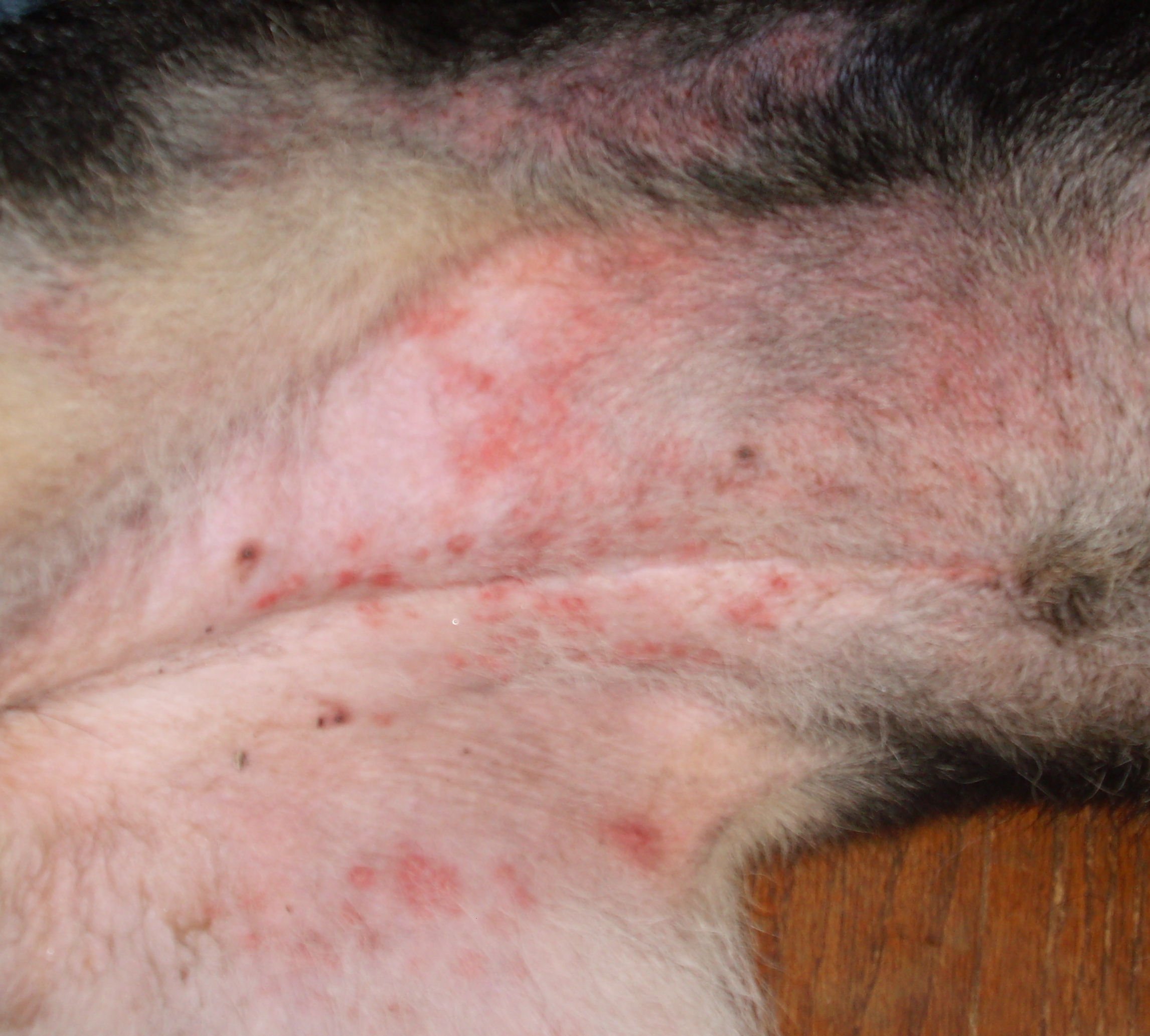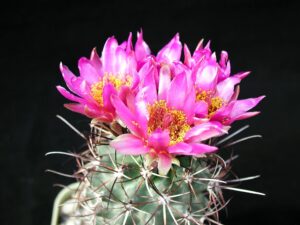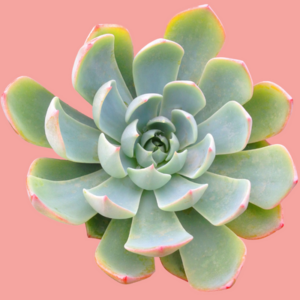Skin rashes resulting from cactus encounters can be unexpected and distressing. Cacti, with their alluring shapes and vibrant colors, on occasion, hide a more perilous nature behind their aesthetic appeal. Whether through a careless brush against a spiny surface or an intentional handling of a variety with venomous qualities, reactions can manifest in various forms. Understanding the proper response to such occurrences is crucial in mitigating discomfort and potential complications.
When venturing into cactus-populated areas, individuals often overlook the possibility of skin irritation or allergic reactions. However, what happens when the elegance of a cactus becomes a source of irritation? Recognizing the nature of the rash and addressing it swiftly can make all the difference. The following sections will detail the immediate steps to take if you find yourself afflicted by a skin rash linked to a cactus encounter.
Identifying the Type of Rash: Pinching Pain or Prickly Problem?
When a skin rash arises from contact with cactus, the initial step involves identifying the characteristics of the rash itself. Reactions can vary significantly, with some rashes presenting as mild irritation, red spots, or more severe blistering. It’s paramount to observe the evolution of symptoms closely.
Common symptoms may include:
- Redness and Inflammation: Skin may become flushed and swollen.
- Itching and Burning: These sensations can be quite pronounced, leading to discomfort.
- Blisters: In certain instances, small bumps or vesicles may form, especially with certain prickly cacti varieties.
- Rash Patterns: The rash may exhibit distinctive patterns, depending on the cactus species involved.
Recognizing these indicators plays a pivotal role in determining the severity of the rash and the appropriate course of treatment. For instance, somatic responses may vary if the cactus is identified as belonging to a more poisonous variety; hence professional medical consultation could be warranted.
Immediate First Aid: Alleviating Discomfort
Once the rash is identified, the next steps revolve around immediate first aid measures. Acting swiftly can relieve symptoms and minimize further complications. Here are essential actions to take:
- Clean the Affected Area: Gently cleanse the area with mild soap and lukewarm water to remove any cactus residue or irritating substances. Avoid using hot water, as this may exacerbate inflammation.
- Assess for Spines: Inspect the affected area closely for any embedded cactus spines. Utilize tweezers or the tape method to carefully extract any visible spines. Avoid squeezing, as this may drive spines deeper into the skin.
- Topical Treatments: Apply over-the-counter topical corticosteroids or soothing lotions, such as aloe vera or calendula, to alleviate itching and inflammation. These measures can significantly improve comfort.
- Cold Compress: Applying a cold compress for several minutes can mitigate swelling and soothe irritated skin. This method is particularly effective in reducing inflammation.
Monitoring symptoms after initial first aid is essential. If the rash does not improve within a few days, or if it worsens unexpectedly, seeking professional medical advice is advisable. Some reactions may lead to infections, especially if spines were not entirely removed or skin barriers are compromised.
Natural Remedies: Harnessing Nature’s Bounty
In addition to conventional treatment methods, several natural remedies can offer relief. For those inclined towards holistic approaches, consider the following:
- Tea Tree Oil: Known for its antiseptic properties, diluting tea tree oil with a carrier oil and applying it can alleviate symptoms while preventing infection.
- Oatmeal Baths: A colloidal oatmeal bath can provide immense comfort, reducing itching and calming inflammation. Soaking in this blend can be a soothing way to treat widespread rashes.
- Honey: Renowned for its antibacterial properties, honey can serve as a natural moisturizer and healer. Applying honey can encourage healing without the use of synthetic ingredients.
- Chamomile Compress: Utilizing chamomile tea bags as a cool compress can harness anti-inflammatory properties to ease discomfort effectively.
Caution should be exercised with natural remedies. It’s important to test any substance on a small area of skin to avoid additional allergic reactions. If any percentage of uncertainty arises regarding the choice of strategy, prioritizing consultation with a healthcare professional remains essential.
Monitoring and When to Seek Professional Help
While skin rashes resulting from cactus matters might resolve themselves relatively quickly, it’s crucial to be vigilant. In certain occurrences, particularly severe reactions or symptoms suggesting systemic involvement, immediate medical attention may be necessary. Signs include:
- Worsening symptoms despite initial treatment efforts.
- Development of fever or systemic symptoms.
- Signs of infection, such as increased redness, warmth, or pus formation.
- Severe pain or swelling that hinders mobility or daily function.
Understanding the potential ramifications of cactus-related skin rashes provides a more robust framework for action. Their beguiling appearance and ecological significance should never overshadow the importance of cautious interaction and awareness. Informed reactions to these instances can ensure a swift return to both comfort and the enjoyment of nature’s stunning flora.





Leave a Comment